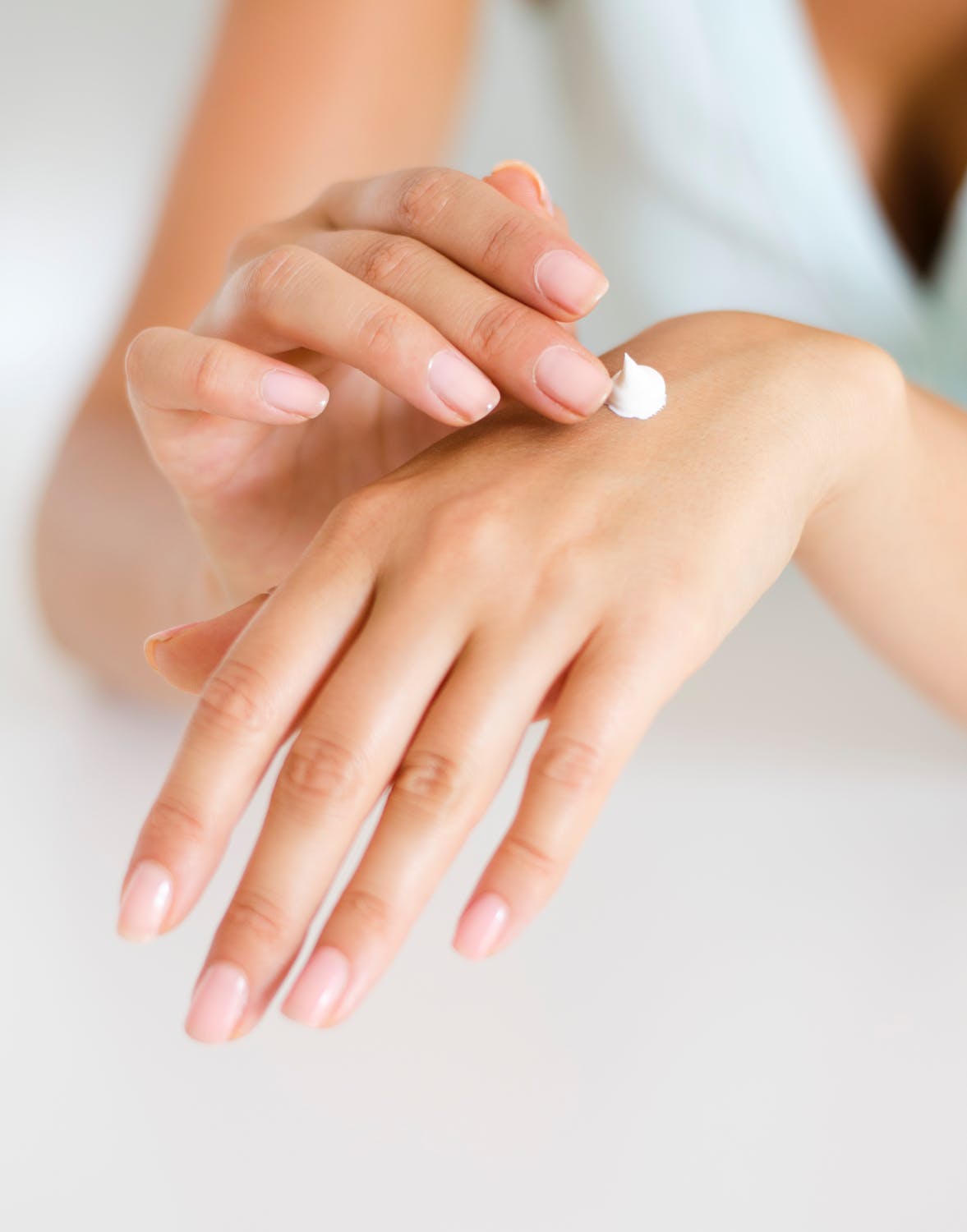How Microneedling Successfully Fixes Damaged Skin Such as Acne, Wrinkles and Dryness
Non-invasive skin procedures such as microneedling have become increasingly popular over the years, with the mix of short, virtually pain-free recovery times and light-touch, non-surgical procedures proving to be highly appealing. Compared to the older forms of skin treatment that could be painful, expensive and less effective, microneedling combines minimal discomfort with a higher level of aesthetic satisfaction, and all achieved through the body’s natural processes.
Why is microneedling needed now more than ever?
The sheer variety of threats to human skin is considerable across the many areas of modern living, with high levels of pollution and other environmental factors inflicting exposed skin to what are often harsh conditions. Likewise, poor diet and lack of hydration can leave its mark on skin. While these skin problems can be cured, they leave their mark behind and processes such as microneedling have been found to be highly effective in clearing this up.
Contemporary issues such as climate change have been found to have potential impact on skin conditions. This is because higher – or lower – temperatures and varying levels of humidity can create and exacerbate existing conditions of eczema, dermatitis and premature skin ageing. Another modern cause of skin conditions such as acne is poor diet and hydration, with people who function in fast-paced jobs particularly prone to relying largely on fast food and sugar-rich drinks to keep them going. With naturally-occurring conditions such as rosacea and dry skin adding to the problem, our skin has never faced such a sustained level of repeated damage.
Studies have found there to be a considerable financial, logistical and psychological impact of skin conditions, particularly in North America. One report, published in the Journal of the American Academy of Dermatology, found that nearly 85 million Americans were seen by a clinician for at least one skin disease in 2013, with a direct healthcare cost of $75 billion, while another study into the psychosocial impact of acne scars concluded that they have a hugely negative effect on social and functional wellbeing. In this study, 85.4% of subjects said they were unhappy looking at themselves in the mirror, with 84.4% considering themselves less attractive because of their acne scars.
What is microneedling?
Microneedling is a treatment that can tackle a range of skin conditions such as acne scars, melasma, wrinkles, stretch marks, dryness, pigmentation – and it does so by activating natural processes within the body. Experts at Hair and Skin Science explain, the process works by microscopic holes being pricked in the affected areas of the skin by tiny needles, which causes the natural reaction of collagen being produced to repair the ‘damaged’ skin.. This repair and restore process creates new and fresh-looking skin, boosted further by a hydration infusion from the collagen. Studies have also shown it can be an effective way of addressing balding.
Microneedling is also known as collagen induction therapy and it originated in plastic surgery circles of North America at the end of the 1990s. With its focus on utilising natural processes in the body, including the retention of the skin’s water level to maintain a healthy hydrated state, there has been a surge in popularity among those who have been previously frustrated by the only other options being painful surgery or the harsh use of chemical peels.
Innovation and the growing success of microneedling
In 2019, researchers from the Boston University School of Medicine looked at 33 scientific studies into the use of microneedling in treating acne scars between 2009 and 2018. The overwhelming conclusion was that microneedling is an effective treatment, with all 33 studies reporting a marked improvement in the appearance of acne scars.
An extra benefit of microneedling is the widening use of applications. A 2017 study reports that the steady development of new microneedling devices since the launch of the Dermaroller in the late 1990s has enhanced the ubiquity of microneedling across different skin conditions. These include actinic keratoses (AK), disorders of pigmentation and hyperhidrosis, with the added value of its use across different skin colours – microneedling does not feature any of the side effects of hyperpigmentation that other skin treatment processes can cause.
Another study from 2016 looked in more detail at the new range of microneedling devices that have been developed. Depending on the condition being treated, patients can be treated by the Derma-stamp, Dermapen or DermaFrac, while the Homecare Dermaroller allows patients to self-treat at home. Technology has developed the microneedling process even further through radio frequencies and LED emissions, with the former using energy pulses to better target problem areas of the skin and protect healthy tissue from damage.



It’s interesting to know that micro-needling can help in treating a lot of skin conditions including dryness and pigmentation. I noticed that these two problems are the ones that I have and I’m bothered every time I see these spots on my face. I hope that there are nearby clinics that offer this service so I can check if it really works.